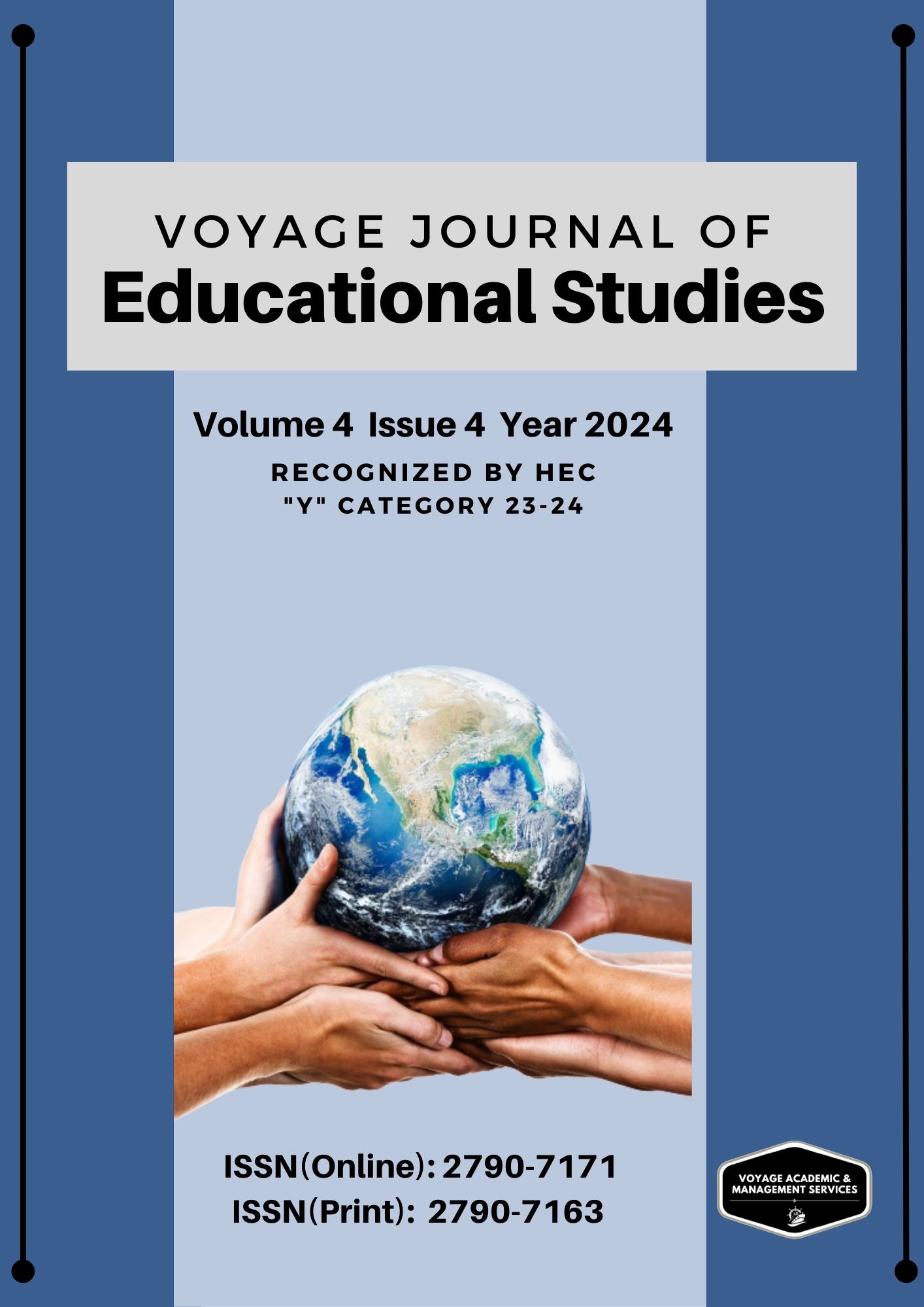Bridging the Gap Between HR Strategy and Employee Performance: A Study of TNA Practices in Public and Private Universities in Sindh
DOI:
https://doi.org/10.58622/vjes.v4i4.210Keywords:
Human Productivity, Training, Institutional Factors, Higher EducationAbstract
This study explores the institutional role of training in enhancing human productivity, with a comparative focus on public and private sector universities in Sindh, Pakistan. Using a quantitative approach, data were collected from 400 academic and administrative staff members through a structured questionnaire. The conceptual framework was developed around four independent variables: Institutional Factors, Training & Development, Employee-Related Factors, and Demographic & Contextual Factors, all evaluated against the dependent variable—Human Productivity.
Descriptive statistics revealed overall dissatisfaction with institutional support, training programs, and motivational systems. Regression analysis confirmed that all four factors significantly influence productivity, with Employee-Related Factors emerging as the strongest predictor. The model explained 68.2% of the variance in productivity (R² = .682). Additionally, moderation analysis showed that gender significantly affects the training-productivity relationship, highlighting the need for inclusive development policies.
The findings underscore the need for structured training programs, transparent institutional policies, and motivation-enhancing HR practices to improve productivity outcomes. The study contributes valuable insights for policymakers, HR managers, and academic leaders seeking to build effective strategies for sustainable workforce development in the higher education sector.









